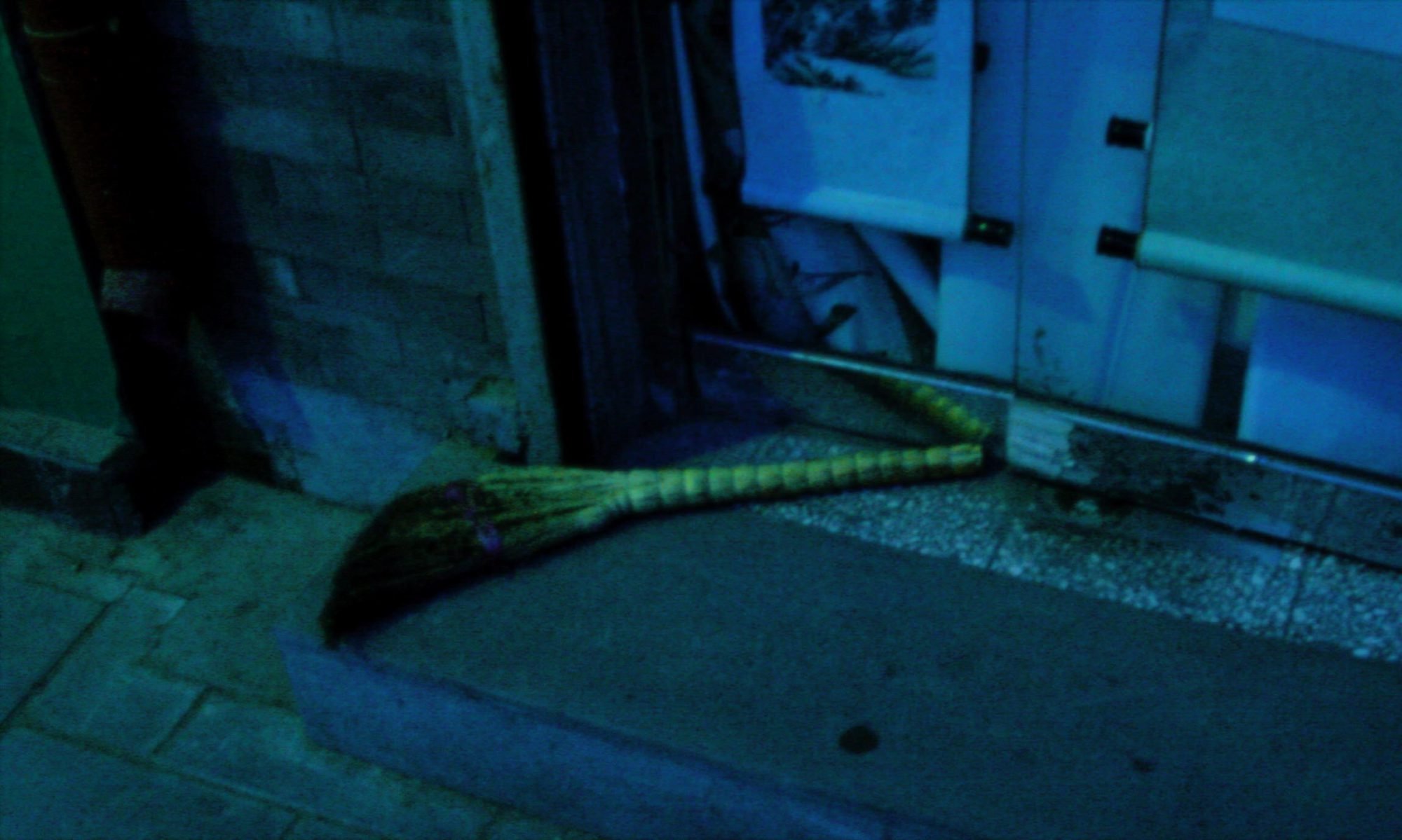6. Illustrations in the Costs Space
In this section of the paper, some recent cases in which the inherent or analogous implied jurisdiction has been resorted to are considered in detail.
Re Jabe (2021)
Re Jabe; Kennedy v Schwarcz [2021] VSC 106 is a decision of Justice McMillan in the course of considering whether to approve the settlement of a testators family maintenance claim.[1] It was cited with approval in Hartnett v Bell [2023] NSWCA 244 at [123]. Continue reading “The Supreme Courts’ inherent supervisory jurisdiction (lawyers’ fees) Part 6”
